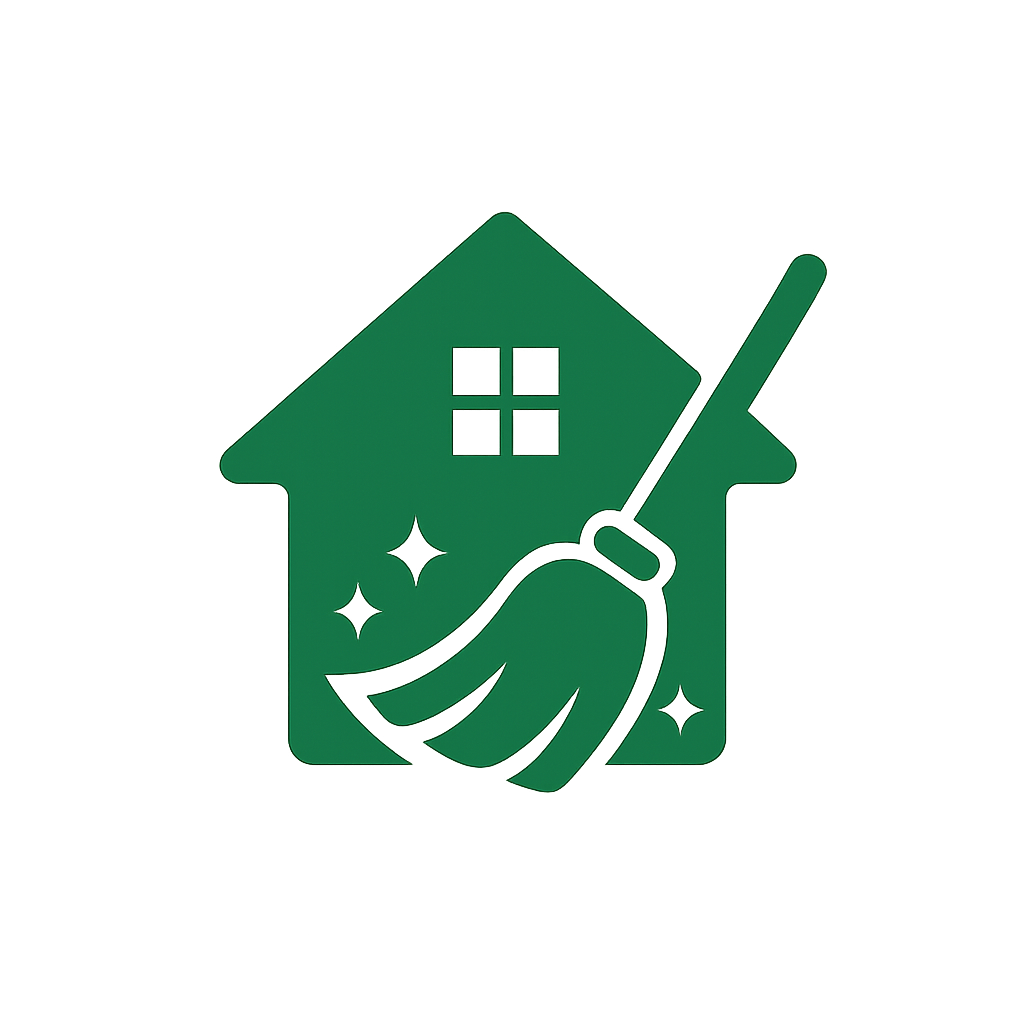Robiul Alam How to Clean Fridge Outside – 7 Easy DIY Methods 2025Discover



Robiul Alam
Learn how to clean shower head easily with or without vinegar. 7 proven ways to remove limescale, unclog nozzles, and restore powerful water flow.

Ever turned on your shower expecting a refreshing spray, only to be met with a weak drizzle? You’re not alone. I faced the same frustration last month and realized my shower head was clogged with limescale and grime. It's something we rarely think about—until the water pressure drops or those tiny jets spray in all directions except down!
Cleaning your shower head isn’t just about better water flow; it’s about hygiene, efficiency, and extending the life of your fixture. Over time, mineral deposits, mold, and bacteria can build up inside those nozzles. But here’s the good news: you don’t need expensive cleaners or tools to fix it. In this guide, I’ll walk you through exactly how to clean shower head using simple household ingredients. Whether you prefer vinegar, baking soda, or no vinegar at all, we’ve got proven, easy methods to restore your shower’s sparkle—and that satisfying pressure you’ve been missing.
Ever wondered how something meant to spray clean water can actually get so dirty? It turns out, your shower head does more than just deliver water—it collects minerals along the way. If you live in a hard water area, minerals like calcium and magnesium slowly build up inside those tiny nozzles, creating limescale that blocks water flow and leaves stubborn white spots.
But minerals aren’t the only problem. The warm, damp environment of a bathroom makes your shower head a cozy home for bacteria, mold, and even mildew. According to the CDC, plumbing fixtures like shower heads can harbor bacteria if not cleaned regularly. Left untreated, it’s not just water pressure you’ll lose—it could affect your hygiene, too. That’s why knowing how to clean shower head regularly isn’t just a chore; it’s essential for both health and performance.
So, you’ve noticed the water flow in your shower isn’t what it used to be—or maybe the nozzles are spraying in strange directions. Don’t worry! Before you think about replacing your shower head, a good clean might be all it needs. Cleaning your shower head isn’t complicated, and you can do it with simple household ingredients. Here’s a detailed guide with multiple methods to suit different situations.
White vinegar is a natural, affordable, and effective solution for removing limescale and mineral deposits. It works because the acetic acid in vinegar breaks down calcium buildup without damaging most finishes. This method is perfect if you want a gentle yet powerful clean.
You’ll need:
Here’s what to do:
This method is safe for most chrome, stainless steel, and plastic shower heads. If you have a colored or coated finish, test a small area first to ensure vinegar won’t affect it.
Fun fact: vinegar not only cleans visible limescale but also dissolves hidden deposits inside the nozzles!
Not a fan of vinegar’s smell? Or maybe you’re out of it at home? No problem. There are alternative ways to clean your shower head without vinegar while still achieving great results.
Here are your options:
For a baking soda paste:
Baking soda is great if you want to avoid acids or prefer a more hands-on scrub approach. If using lemon juice, you can either soak the shower head in it or wipe it on using a cloth.
Some shower heads are tricky to remove—or you may simply prefer not to detach them. Good news: you can still clean your shower head thoroughly without taking it off.
The best way? Use the “bag soak” method described in Method 1. Secure the vinegar (or lemon juice) bag around the fixed shower head and let it soak in place. The cleaning liquid will dissolve buildup without needing to remove the fixture.
Additional tips for cleaning without removal:
If nozzles remain blocked, you can gently poke them with a pin or toothpick to dislodge stubborn particles—be careful not to damage soft rubber nozzles.
If your shower head hasn’t been cleaned in years or is heavily clogged, a deeper cleaning may be needed. This involves removing the shower head to clean the inside and hard-to-reach areas.
Here’s how to do it:
Deep cleaning restores water pressure, improves hygiene, and extends the life of your fixture. If parts are rusted or cracked, it might be time to replace the shower head altogether.
Regular maintenance prevents heavy buildup and makes future cleaning easier. A few small habits can keep your shower head sparkling year-round.
If home remedies aren’t cutting it or you’re dealing with extreme limescale, a commercial descaling product designed for bathroom fixtures can do the trick. These cleaners are formulated to dissolve hard water deposits quickly.
Here’s how to use it:
Always wear gloves and work in a well-ventilated space when using chemical cleaners. This method is best for heavily scaled metal shower heads but may not be suitable for all finishes—check the label!
Believe it or not, some detachable shower heads can be safely cleaned in your dishwasher! This works best for plastic or metal shower heads that are dishwasher-safe (check your manufacturer’s guidelines).
Steps:
This hands-free method helps dissolve grease, soap scum, and some mineral deposits with minimal effort.
A handheld steam cleaner is another effective (and eco-friendly) way to deep-clean a shower head. The high-temperature steam loosens grime, kills bacteria, and helps dissolve minerals without chemicals.
Here’s how:
Steaming is ideal if you prefer chemical-free cleaning and have a steamer available at home. It’s especially useful for killing bacteria hidden inside nozzles.

Cleaning your shower head isn’t a one-time fix. Over time, minerals, limescale, and bacteria can creep back in. So how often should you clean it to keep it flowing fresh and safe?
For most homes, experts recommend cleaning your shower head every three months. If you live in a hard water area, you may want to clean it more often—about once a month—to prevent heavy limescale buildup.
Staying on top of cleaning not only keeps the water flowing strong but also helps prevent harmful bacteria from accumulating inside the nozzles. A quick soak in vinegar or a wipe-down with lemon juice every few weeks can go a long way in maintaining your shower head.
Even with regular cleaning, every shower head has its limit. Over time, parts wear out, seals degrade, and mineral buildup becomes harder to remove. So how do you know it’s time to stop cleaning and start replacing?
If any of these signs sound familiar, it might be time to invest in a new shower head. Replacing an old or damaged fixture can improve water efficiency, hygiene, and your daily shower experience. And the good news? Many modern shower heads are designed to resist limescale and are easier to clean going forward.

The easiest way is using the vinegar bag method! Just fill a plastic bag with vinegar, secure it over the shower head with a rubber band, and let it soak for a few hours. No need to unscrew anything.
Most shower heads only need 1–2 hours of soaking. If there’s heavy buildup, you can leave it overnight. Just be sure to rinse well afterward.
Absolutely! Try lemon juice or a baking soda paste instead. Both work well to break down limescale and are great if you prefer natural cleaners.
For most metal or plastic shower heads, white vinegar is safe if used occasionally. But avoid soaking brass or gold-plated finishes for too long, as it may dull the shine.
If soaking didn’t do the trick, mineral buildup may be inside the internal parts. Try removing the shower head and cleaning it more thoroughly—or it might be time for a replacement.
Every 3 months is a good rule of thumb. If you live in a hard water area, monthly cleaning helps prevent stubborn limescale.
Rainfall shower heads can be cleaned with the same vinegar soak method—just make sure the bag covers all the nozzles. If it’s too large for a bag, remove it and soak in a basin.
Cleaning your shower head doesn’t have to be a hassle. With simple ingredients like vinegar, baking soda, or lemon juice, you can easily remove limescale, unclog nozzles, and keep your shower flowing like new. Regular cleaning doesn’t just improve water pressure—it also helps maintain hygiene and extends the life of your fixture.
If you’re tackling bigger cleaning projects around the house, or just want that sparkling clean feeling from top to bottom, check out our deep cleaning services for a professional touch. We’re here to make every corner of your home shine!
Go ahead—give your shower head the care it deserves, and enjoy a fresher, stronger spray every time you turn it on.

Robiul Alam How to Clean Fridge Outside – 7 Easy DIY Methods 2025Discover




Robiul Alam How to Clean Stainless Steel Fridge – 5 Best Proven
